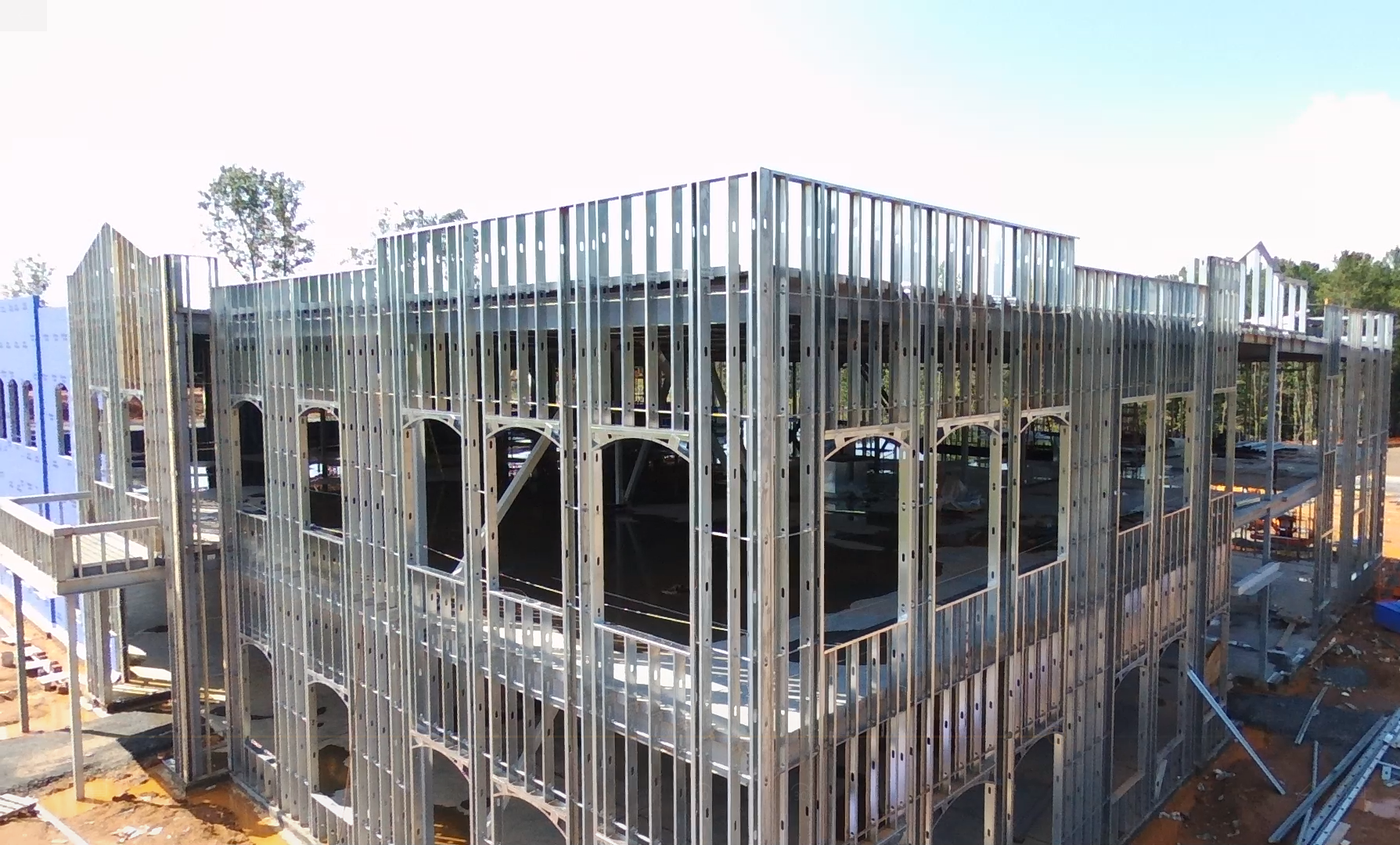

The research includes the investigation of buckling properties of cold-formed steel members, failure mode of the members, and strength and stiffness of the cold-formed steel member. As the industry demand grows gradually, many research studies were done to minimize the safety issue and exhilarated the use of cold-formed steel members as primary structural members, for example, roof truss, beam, and column member. Over the past two decades, the increasing application of cold-formed steel in construction industry has brought massive researches in progress to ensure the stability and reliability of the constructed steel structures. Thin-walled behaviour limits the structural performance of cold-formed steel sections by premature buckling and instability. In the past, cold-formed steel sections were used as secondary structural members, for example, roof purlin and side rail for wall cladding. The speed rate of rolling is slow in the range of 6 m/min to 92 m/min to minimised residual stress formation in the notch and edge of the steel section, which would affect the strength of the cold-formed steel sections.
Cold formed steel framing rough opening windows#
Among them, cold roll forming is widely used to produce building components (structural members, roof truss, wall panel, frames of windows and doors, etc.). There are three methods to manufacture the cold-formed steel sections: cold roll forming, press braking, and bending brake operation. In the forming process, due to cold working by the process of strain hardening, the yield strength of the steel will increase. The strength of cold-formed steel is higher than hot-rolled steel per unit weight. The steel is usually galvanized to protect the members from corrosion which will make it more durable. Typical thickness of cold-formed steel section is ranged from 0.9 mm to 3.2 mm. The difference of the manufacturing process makes the properties be of hot-rolled and cold-formed steel disparity in strength, structural performance, and failure mode. Hot-rolled steel sections are formed under high temperature up to 1400☌ in blast furnace or electric arc furnace, while the cold-formed steel sections are manufactured in room temperature. These two types of steel sections are distinguished by the method of forming in their manufacturing process. Structural steel is generally divided into hot-rolled sections and cold-formed sections. To highlight a few: rapid and dry construction, high quality controlled, time and cost saving, accelerating sustainable development by reducing the dependance on timber materials, and minimizing construction wastes. As one of the industrialized building systems (IBS), light steel framing has become a popular construction choice in low to medium rise building and residential house construction because it provides numerous advantages as compared to traditional construction methods.

Light steel framing is referred to as steel frame building constructed with galvanised cold-formed steel sections. The performance of these connections in the design of cold-formed steel structures is discussed. This paper aims to review current researches on cold-formed steel connections, particularly for screw connections, storage rack connections, welded connections, and bolted connections. Compared to hot-rolled steel sections, cold-formed steel connections perform dissimilarity due to the thin-walled behaviour. Connection serves as one of the important elements for light steel framing in order to achieve its structural stability.


The concept of cold-formed light steel framing construction has been widespread after understanding its structural characteristics with massive research works over the years.


 0 kommentar(er)
0 kommentar(er)
